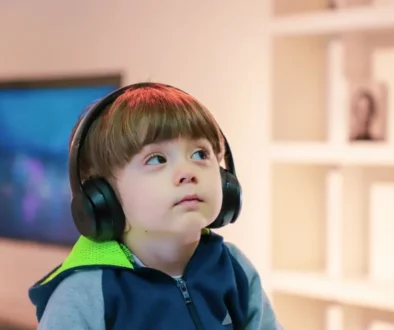Understanding Autism Triggers in Children on the Spectrum
Did you know that one in 100 children has Autism? That means that there are a lot of children with Autism—many of whom are probably not properly diagnosed.
You may be feeling that your child has triggers that seem to point to the Spectrum. If you are feeling that way, you may want answers. Luckily, you are able to get an evaluation if you want one as well as get the help that you need to properly care for your child.
But first, what are Autism triggers and how can you deal with them if that is what you are noticing? Read on to find out.
What Are the Potential Autism Triggers?
There are many types of situations that can bring about Autism triggers in your child who is on the spectrum. But what are these triggers and where do they come from?
In this part of the article, we’ll go through the potential triggers that your child with Autism may experience.
Stressful Situations
A very common trigger for a child on the Autism Spectrum is being in a stressful situation. A child with Autism can easily get overwhelmed in this type of situation.
Typically, a stressful situation looks like a setting or situation that has too much going on and leads to sensory overload. For instance, if they are at a large store or a large event, this can be seen as stressful for them.
Not only is this because there may be a lot of people there, but if there are too many noises, colors, lights, or general activity around them, this can be overwhelming.
Difficulty Communicating
It is human nature to want to communicate with others. When children with Autism are stuck in a situation where they cannot communicate, this can lead to frustration—which ultimately, is triggering. (Just as it would frustrate and stress anyone out).
However, difficulty communicating for children on the Spectrum can lead to a much bigger meltdown than would be deemed appropriate.
Information Overload
Getting a lot of information can be overwhelming for anyone, but this is especially true for those who have Autism and are on the Spectrum.
This could have to do with getting too many directions and orders at once, or this could have to do with seeing too much information (such as directions or instructions for an assignment).
Children with Autism typically have a delay in information processing, which is why too much information can be harder to process and can trigger meltdowns.
Spreading out information and giving someone on the Spectrum more time to process it, can reduce the likelihood of a meltdown.
Changes in Routine
For children on the Spectrum, predictability is a must. When there are too many changes occurring or the lack of a routine, this can lead to frustration and panic. This can easily lead to meltdowns and more erratic behavior.
It is important to keep the routine steady so they know what to expect. It is also important to note that meals and bedtime should also be around the same time every day as this is part of the predictability.
On top of that, being tired or hungry can just lead to any situation being worse than it would be otherwise.
Transitions
Dealing with change can be extremely difficult. This could include moving from one school to another, moving homes, or just being in new and unfamiliar environments.
It is important to be aware of this so that you can help reduce the likelihood of a trigger meltdown.
How to Deal With Meltdown Triggers
Now that you know how to identify meltdown triggers and what can lead them to occur at any given moment, it’s important to know how to deal with them if they do happen.
There are a few ways to handle a meltdown. But for the most part, incorporating the following into how you handle meltdowns is important:
- Always stay calm in the situation and use a calm, neutral voice when talking to the child
- Make sure that the child is in a safe environment, and if they are not, take them to a quiet and safe environment to help them calm down
- Allow the child space and respect their boundaries if they communicate them with you
- Reduce any type of stimulation to make the environment more calming and relaxing
- You will need to wait out the meltdown as you cannot control how long it lasts, so just be patient
- Once the meltdown subsides, allow the child to participate in activities that they love as well as ones that calm them down such as breathing, listening to music, or even coloring/practicing other forms of mindfulness
By thinking about these tips when there is a meltdown, it can be easier to deal with them. You will know what to do—which not only makes your life easier, but also makes the child feel better as well.
All About Autism Triggers
Have you been noticing some of these Autism triggers in your child?
Do you think that they need to be evaluated so that you know how to properly move forward?
Then, you may want to get an evaluation at Devlopmental Pediatrics. We can help evaluate and diagnose so that you have the right next steps moving forward. This will make your life as well as your child’s easier.
Reach out to us today so that we can take the next steps together!



